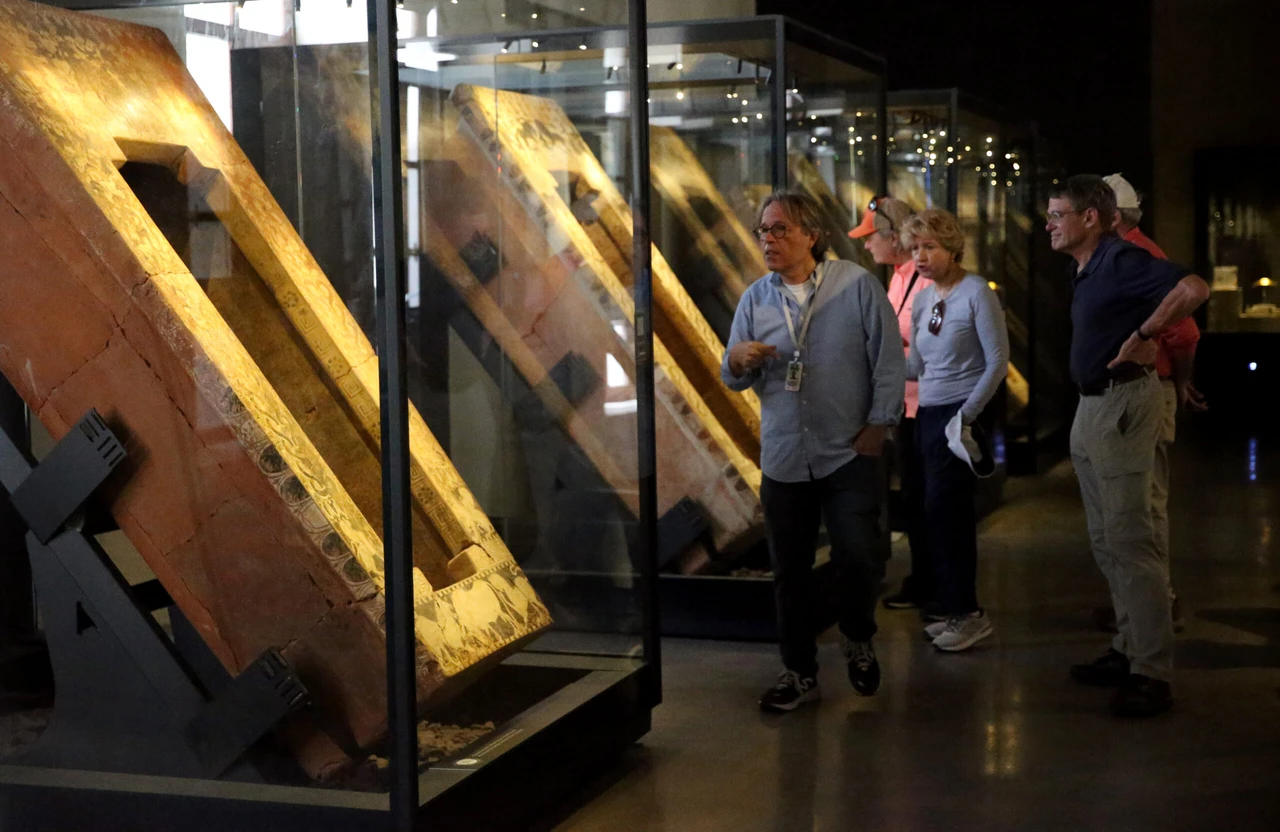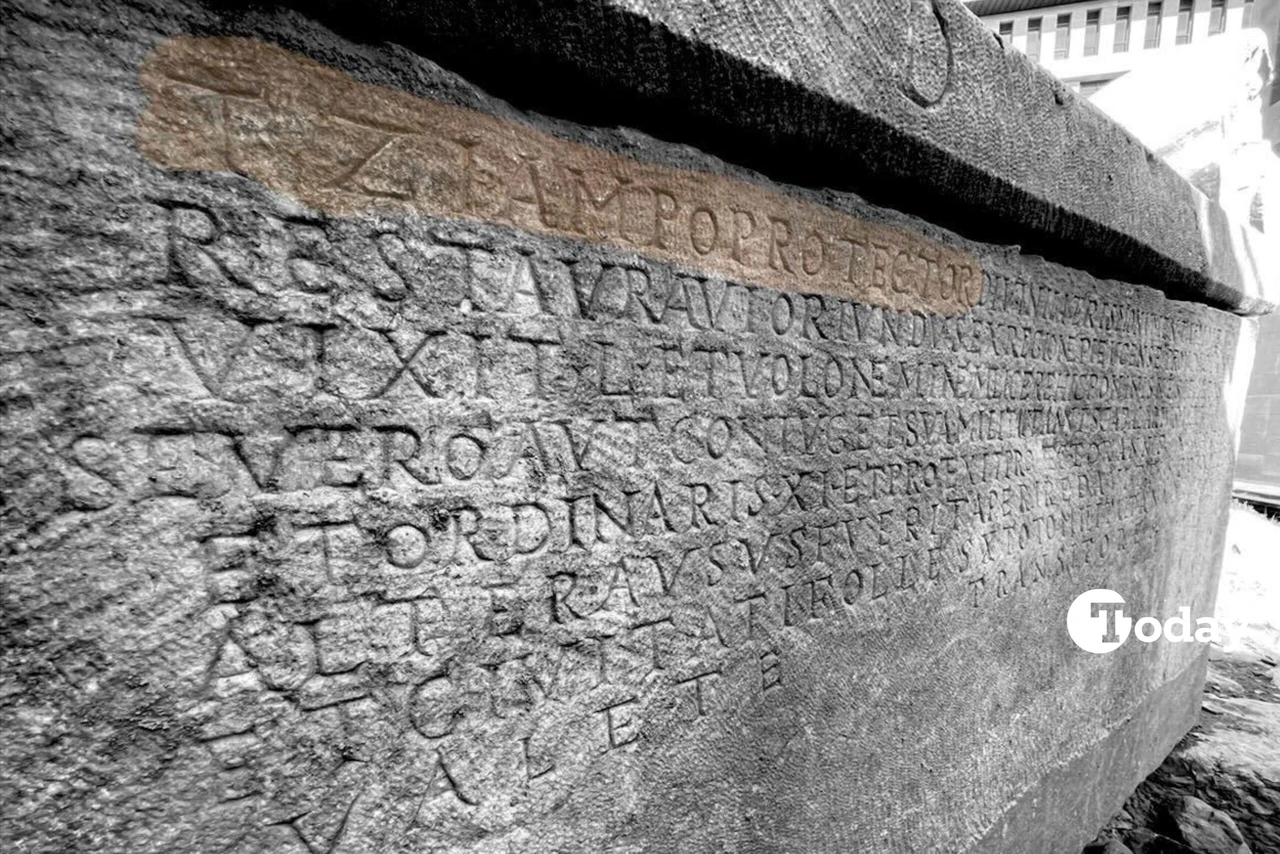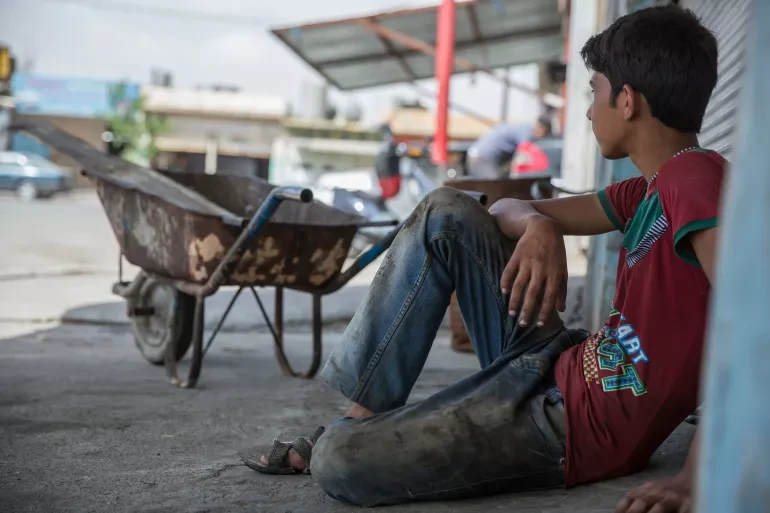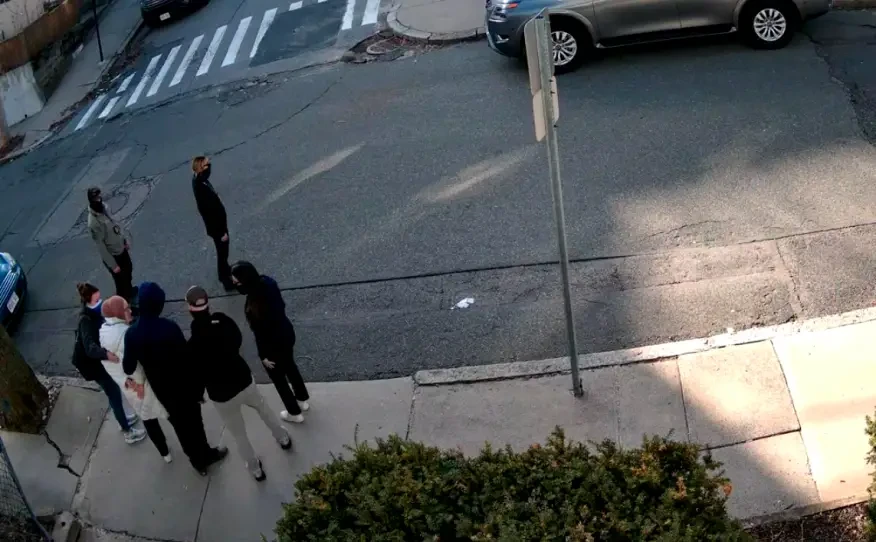9 Byzantine-era tombs uncovered at Sebaste city revealing ancient secrets
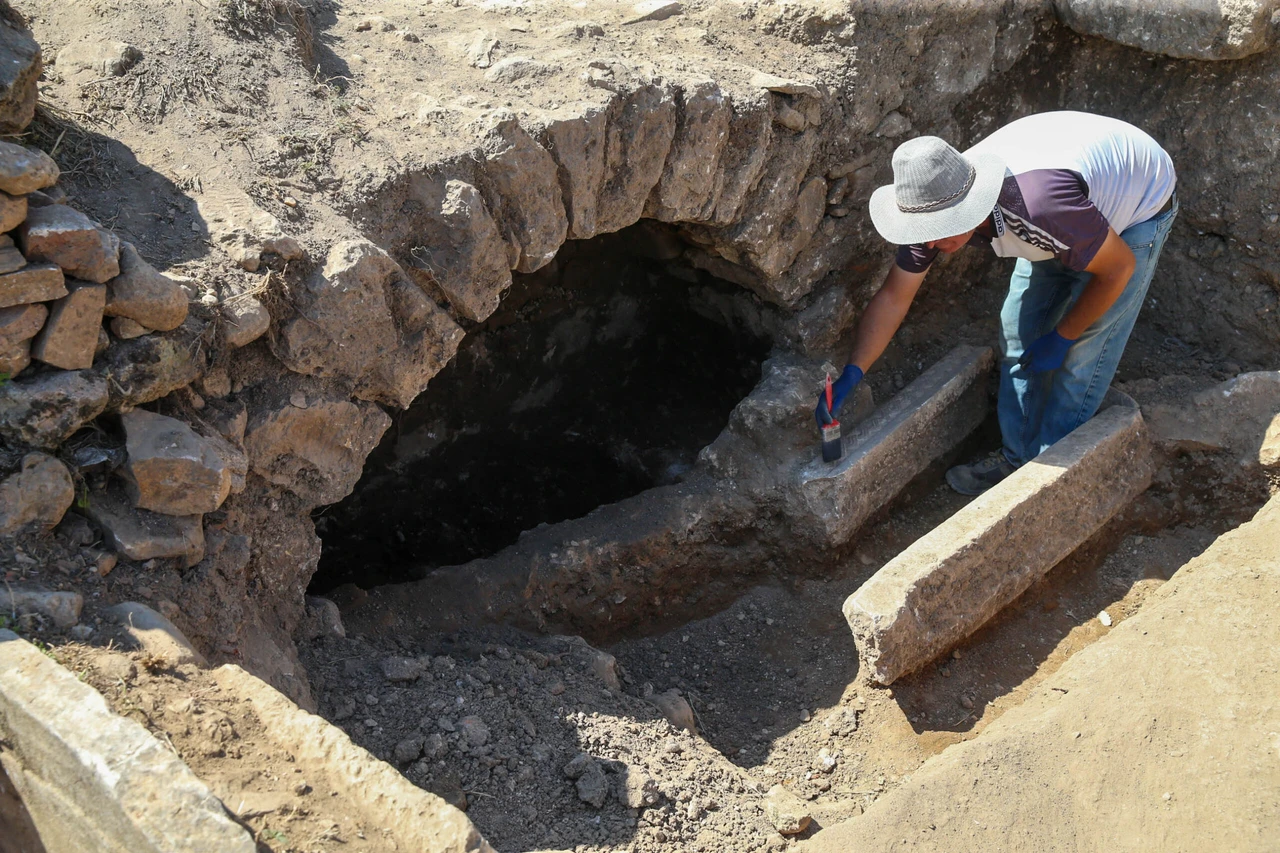 Byzantine tombs, Sebaste Ancient City, Usak, Türkiye, September 11, 2024 (AA Photo)
Byzantine tombs, Sebaste Ancient City, Usak, Türkiye, September 11, 2024 (AA Photo)
Exciting discoveries have emerged from the Sebaste ancient city in Usak, founded by Rome’s first emperor Augustus.
Archaeologists have uncovered nine tombs dating back to the Middle Byzantine period.
Located in the Selcikler district of Sivasli, Sebaste Ancient City has been the focus of archaeological excavation efforts since 2022, after a 44-year hiatus.
The ongoing dig is led by the Usak Archaeology Museum, with Usak University’s Faculty of Humanities and Social Sciences, specifically Emre Tastemur and Munteha Dinc, playing key roles.
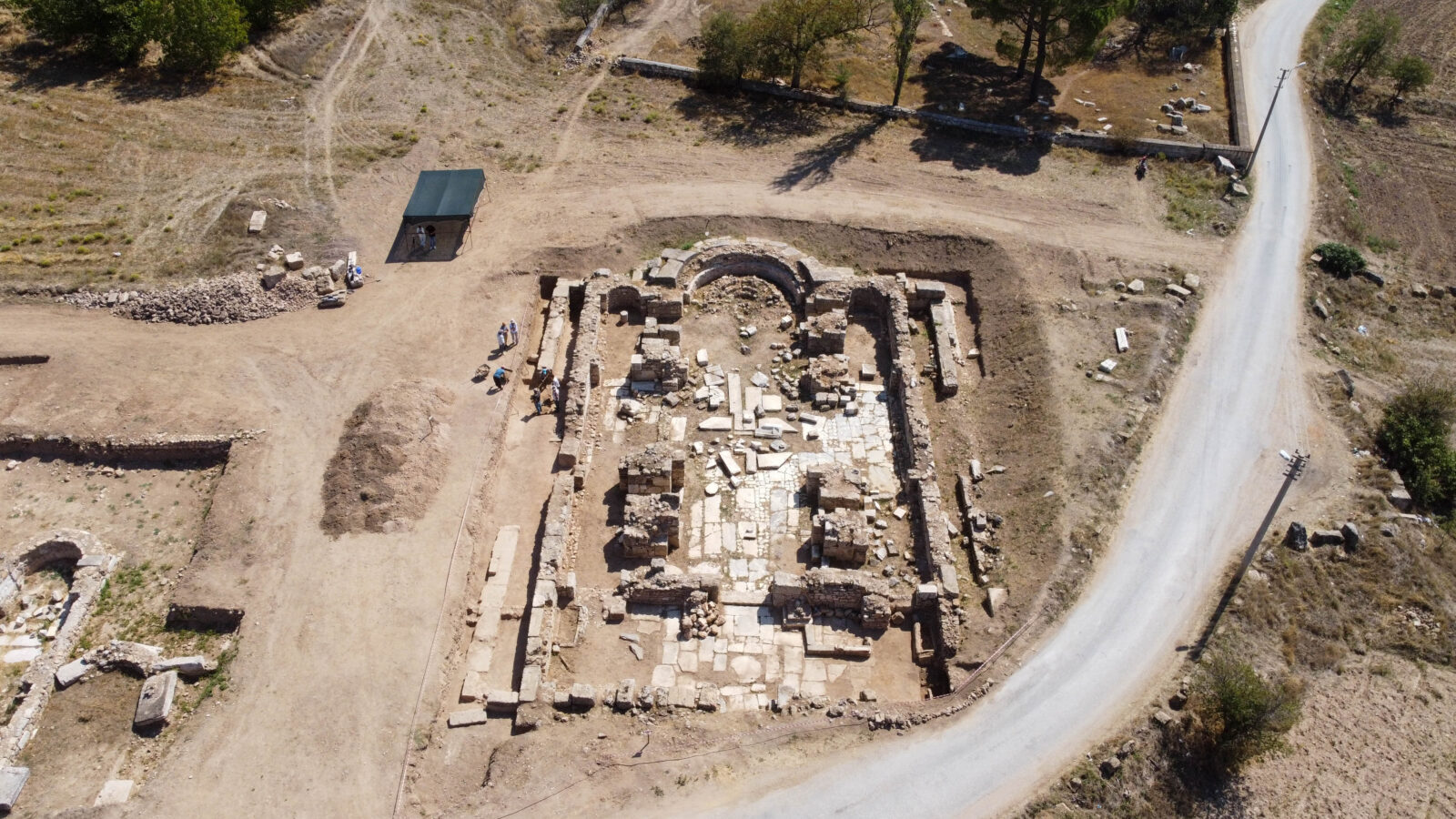
This year’s excavations have centered around the area known as the “Great Church,” where archaeologists have uncovered nine tombs predominantly belonging to infants and children in the northern section. These tombs are estimated to date between the ninth and early 13th centuries A.D.
Insight into Byzantine burial practices
Emre Tastemur shared that the 2022 excavation began with site clearing, followed by restoration and conservation efforts based on mortar samples collected in 2023.
The team focused on the “northern nave” of the Great Church, where they encountered tombs that challenged previous assumptions about the area’s history.
They had anticipated finding remains of a Roman bath, but they uncovered tombs from the late Middle Byzantine period.
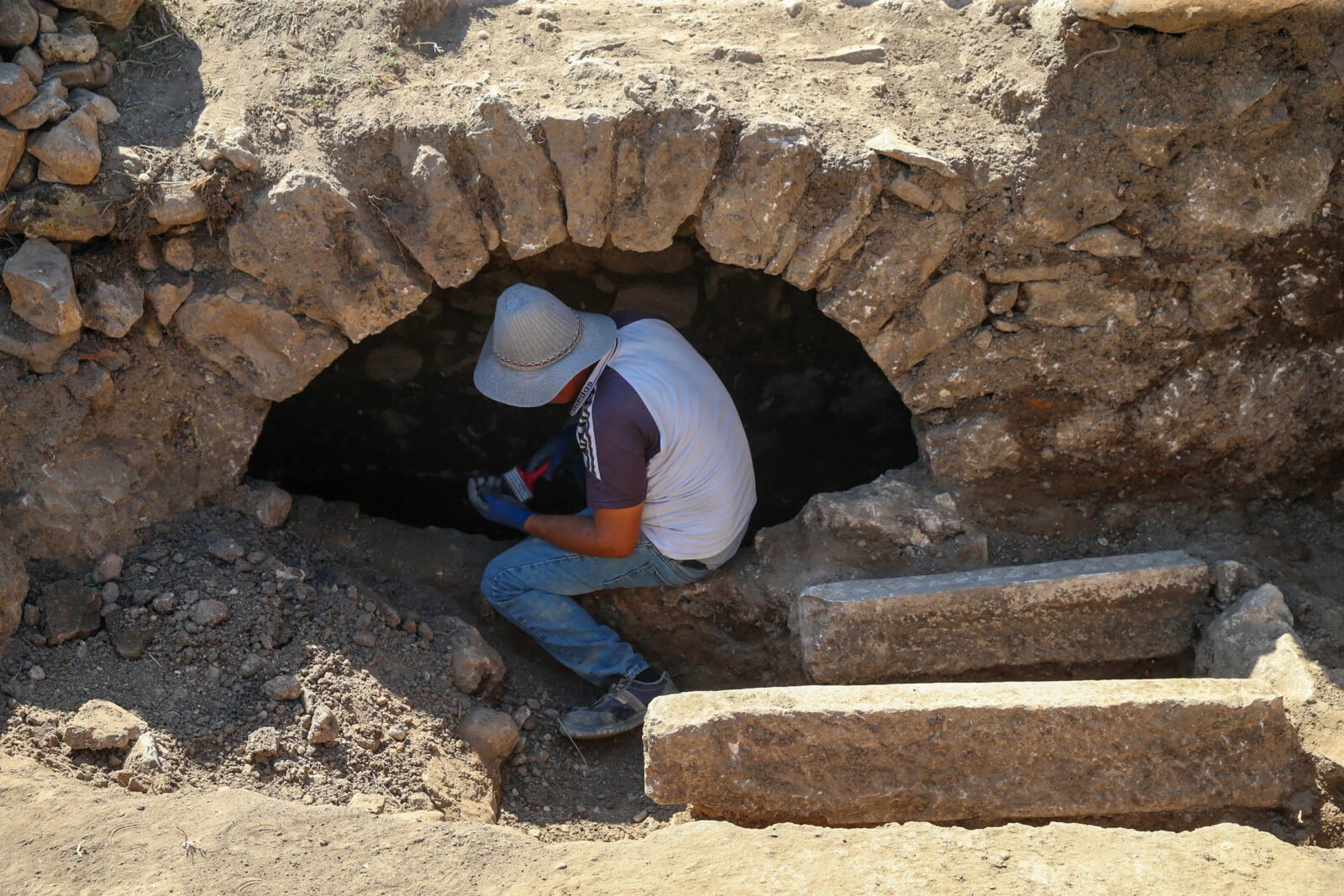
Two distinct types of tombs have been identified: brick-built, simple structures and more elaborate stone masonry tombs.
These findings suggest that the burials occurred during a time when the significance of churches might have declined.
Tastemur explained that the tombs’ elevation, approximately half a meter above the church floor, indicates they were likely interred during a period of reduced church significance.
Current research is focused on understanding the reasons behind the high prevalence of child and infant tombs.
Upcoming studies will provide further insights into the causes of death, ages at death, and burial practices.
The excavation also revealed necklaces and glass bracelets, with the tombs oriented east to west, aligning with the Byzantine belief in the resurrection of the dead by Jesus Christ.
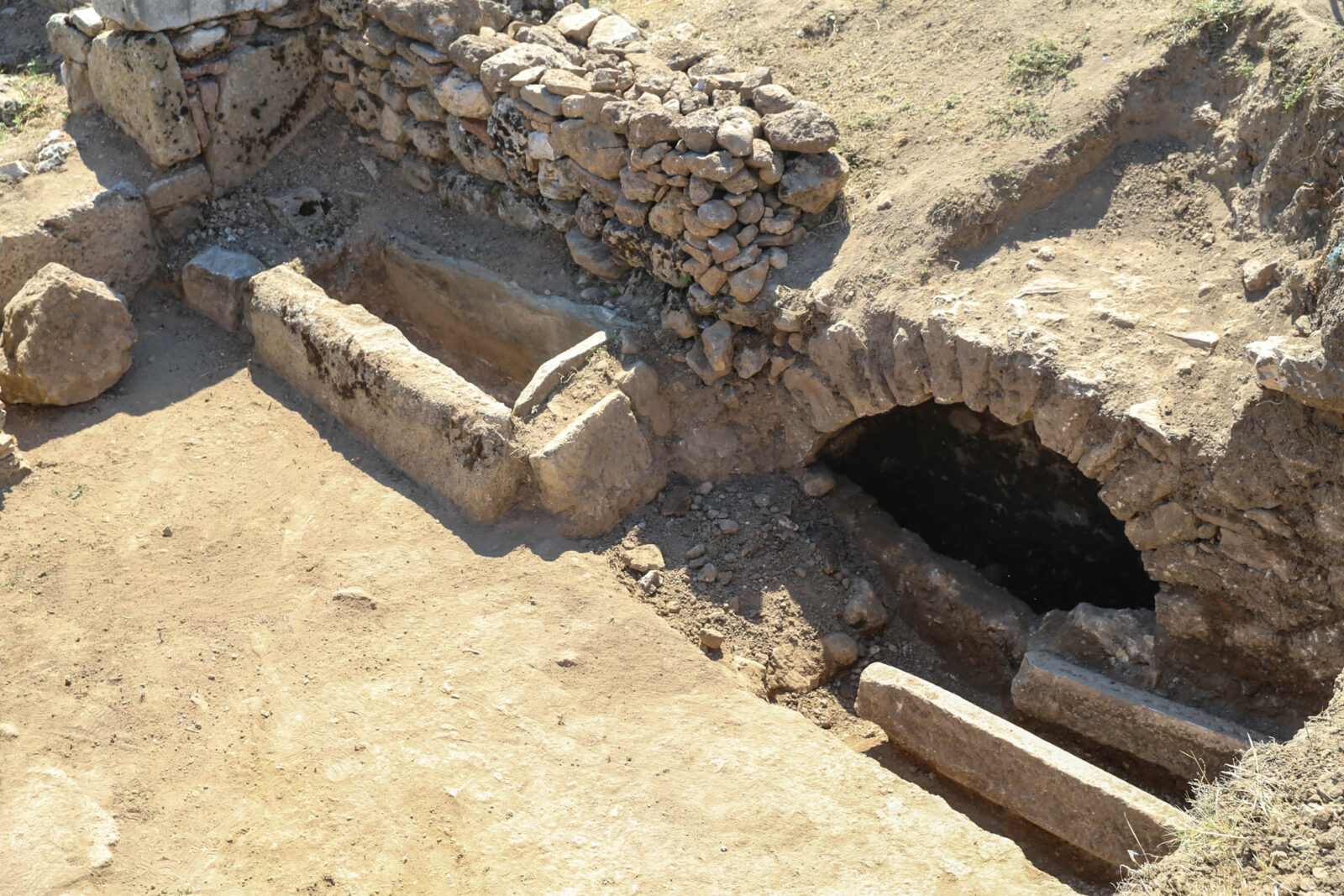
Prospects of Sebaste ancient city
Tastemur extended gratitude to the Ministry of Culture and Tourism, Usak Governorate, the Provincial Directorate of Culture and Tourism, and the municipalities of Sivasli and Selcikler for their support.
The discoveries at Sebaste Ancient City offer a glimpse into Byzantine-era life and burial customs, promising more revelations as the excavation progresses.
The team anticipates finding additional tombs surrounding the church, similar to those at the Konstantin and Helena churches in Nigde.
